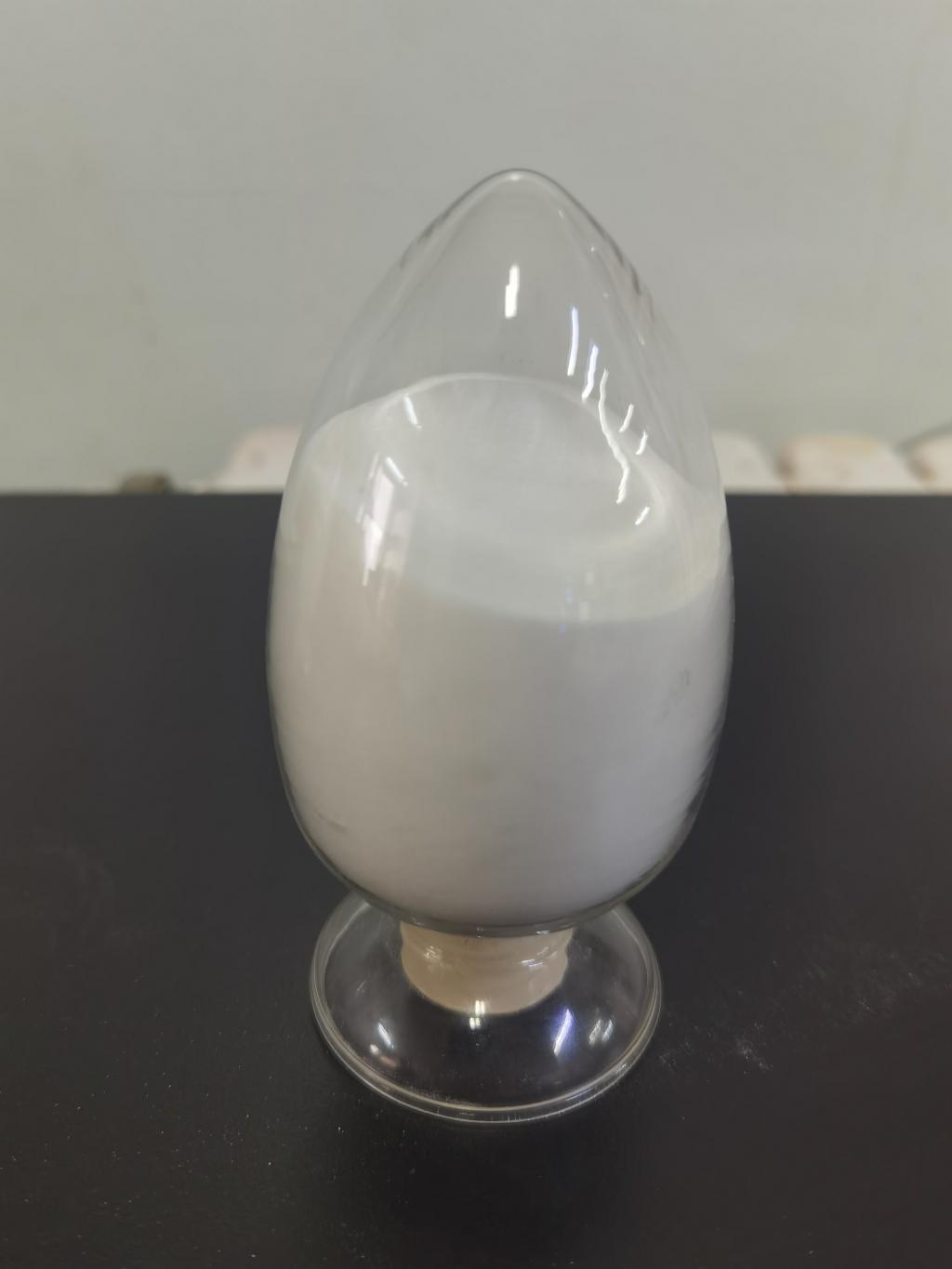Tel:+8618231198596

News
 CONTACT
CONTACT
 CONTACT
CONTACT
- Linkman:Linda Yao
- Tel: +8618231198596
- Email:linda.yao@dcpharma.cn
- Linkman:CHARLES.WANG
- Department:Overseas
- Tel: 0086 0311-85537378 0086 0311-85539701
News
Current Position:
Home >
News
>Collaborative Efforts: ε-Polylysine Hydrochloride and Emerging Food Technologies.
Collaborative Efforts: ε-Polylysine Hydrochloride and Emerging Food Technologies.
TIME:2023-09-12
Introduction
The food industry is continually evolving to meet the demands of consumers who seek healthier, safer, and more sustainable food products. To address these evolving needs, a combination of innovative food technologies and natural food additives is gaining prominence. ε-Polylysine hydrochloride, a naturally derived antimicrobial agent, has emerged as a promising partner in this endeavor. In this article, we explore the collaborative efforts between ε-polylysine hydrochloride and emerging food technologies, with a focus on their potential to enhance food safety, extend shelf life, and improve the overall quality of food products.
ε-Polylysine Hydrochloride: An Overview
ε-Polylysine hydrochloride is a biopolymer produced through the fermentation of specific microorganisms, notably Streptomyces albulus. Comprising ε-lysine amino acid units, it forms long chains with inherent antimicrobial properties. Importantly, ε-polylysine hydrochloride has gained regulatory approval in various countries and is generally recognized as safe (GRAS) for use in food applications.
Emerging Food Technologies
Emerging food technologies encompass a wide range of innovative approaches to food processing, preservation, and packaging. Some of the key technologies that have the potential to synergize with ε-polylysine hydrochloride include:
High-Pressure Processing (HPP): HPP involves subjecting packaged foods to high levels of hydrostatic pressure to inactivate spoilage microorganisms and pathogens while preserving food quality and freshness.
Pulsed Electric Field (PEF) Technology: PEF technology uses short bursts of electricity to disrupt cell membranes in microorganisms, thereby extending shelf life without the need for heat treatment.
Nanotechnology: Nanotechnology enables the development of nanoscale delivery systems and coatings that enhance the controlled release of antimicrobial agents like ε-polylysine hydrochloride.
Modified Atmosphere Packaging (MAP): MAP involves modifying the gaseous environment within food packaging to slow down spoilage and extend the shelf life of products.
Ultraviolet (UV) Light Technology: UV light can be used for microbial inactivation and sterilization in various food processing steps.
Mechanisms of Collaboration
The collaborative efforts between ε-polylysine hydrochloride and emerging food technologies can be understood through various mechanisms:
Enhanced Antimicrobial Activity: Integrating ε-polylysine hydrochloride with emerging technologies can enhance its antimicrobial effectiveness, allowing for greater control over microbial growth and spoilage.
Extended Shelf Life: Emerging technologies like HPP and MAP can work synergistically with ε-polylysine hydrochloride to extend the shelf life of food products by inhibiting bacterial and fungal growth.
Improved Targeted Delivery: Nanotechnology enables the controlled release and targeted delivery of ε-polylysine hydrochloride, ensuring its maximum efficacy where it is needed most.
Applications and Benefits
The collaborative approach between ε-polylysine hydrochloride and emerging food technologies offers a wide range of applications and benefits:
Enhanced Food Safety: The combined antimicrobial action of ε-polylysine hydrochloride and emerging technologies effectively inhibits the growth of foodborne pathogens and spoilage microorganisms.
Clean Labeling: By relying on a natural antimicrobial agent like ε-polylysine hydrochloride, food manufacturers can cater to consumer preferences for clean-label products.
Extended Shelf Life: Emerging technologies help ε-polylysine hydrochloride extend the shelf life of food products, reducing food waste and enhancing sustainability.
Improved Quality: The collaborative approach preserves the sensory and nutritional quality of food products, ensuring a better consumer experience.
Regulatory Considerations
Food manufacturers must navigate complex regulatory requirements when integrating ε-polylysine hydrochloride and emerging food technologies. Ensuring compliance with existing regulations and labeling requirements is essential for responsible and lawful use.
Challenges and Future Prospects
Despite the promise of this collaborative approach, several challenges need to be addressed:
Cost Considerations: Some emerging technologies may be cost-prohibitive for smaller food manufacturers.
Consumer Perception: Consumer education and awareness are necessary to overcome skepticism and ensure acceptance of these innovative food products.
Regulatory Harmonization: Achieving regulatory harmonization across different regions and countries is essential for the widespread adoption of this approach.
As the food industry continues to evolve in response to changing consumer demands, the collaboration between ε-polylysine hydrochloride and emerging food technologies represents a promising path forward. By combining the natural antimicrobial properties of ε-polylysine hydrochloride with innovative preservation and processing methods, the industry can meet the growing demand for safer, healthier, and more sustainable food products. This collaborative effort holds the potential to transform the way we preserve and enhance the quality of food, benefiting both consumers and the food industry at large.
- Tel:+8618231198596
- Whatsapp:18231198596
- Chat With Skype







